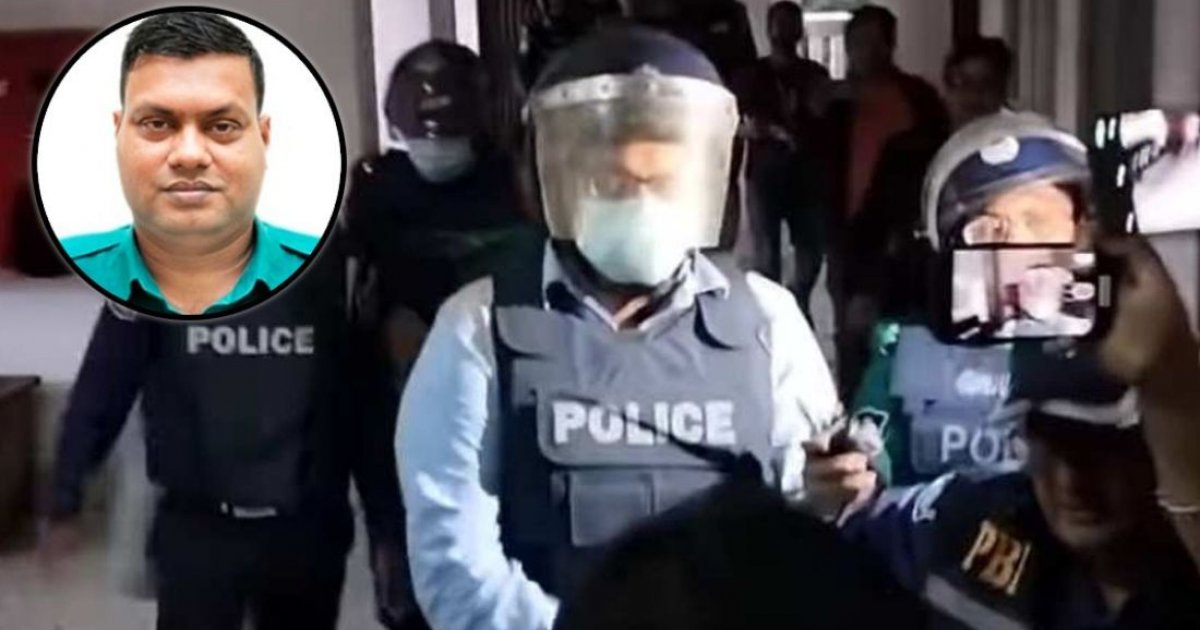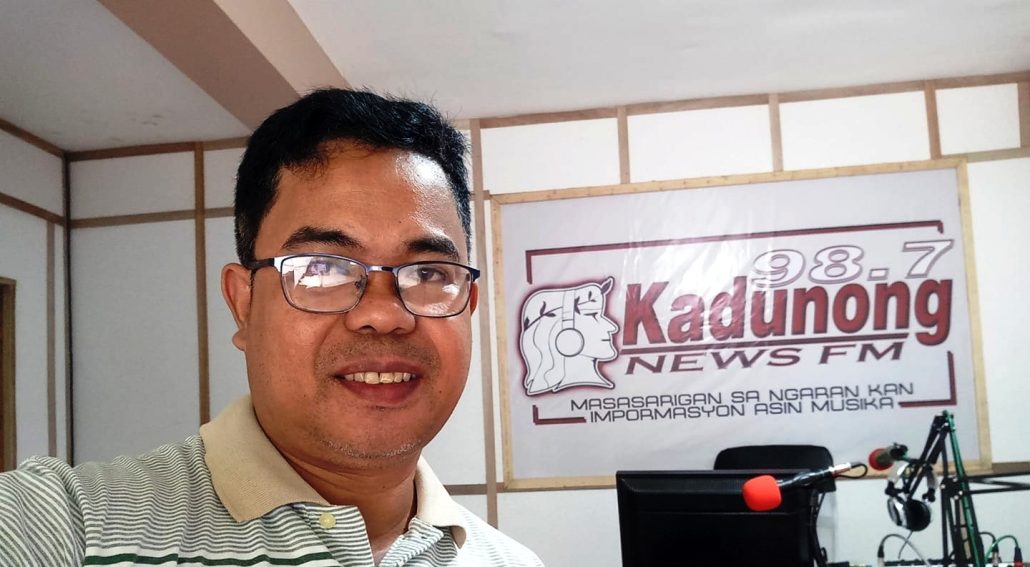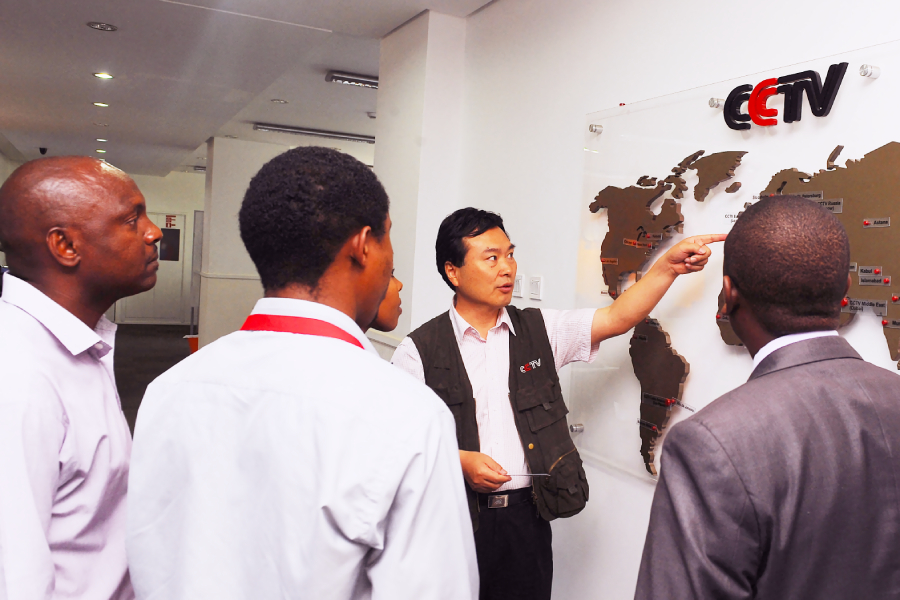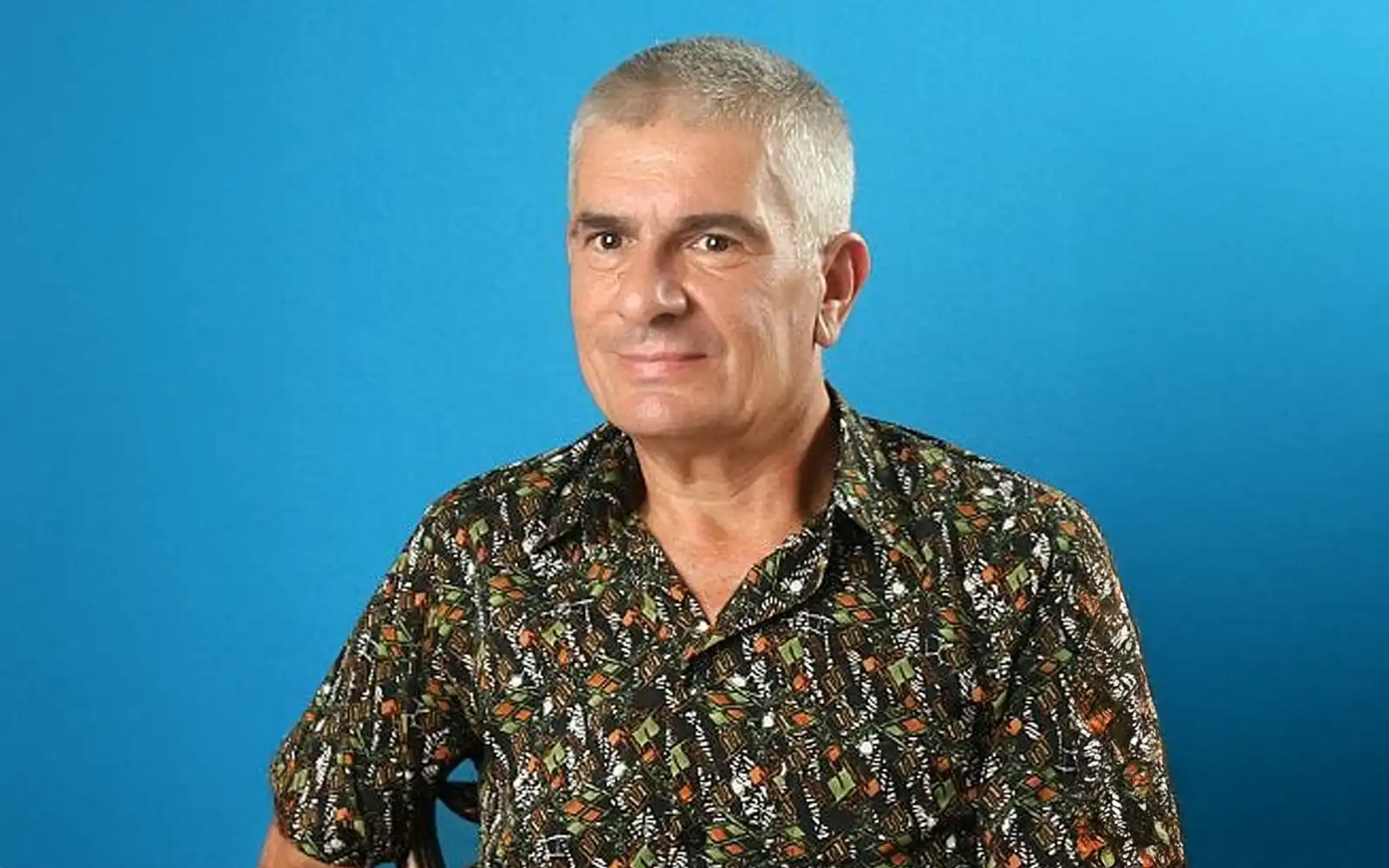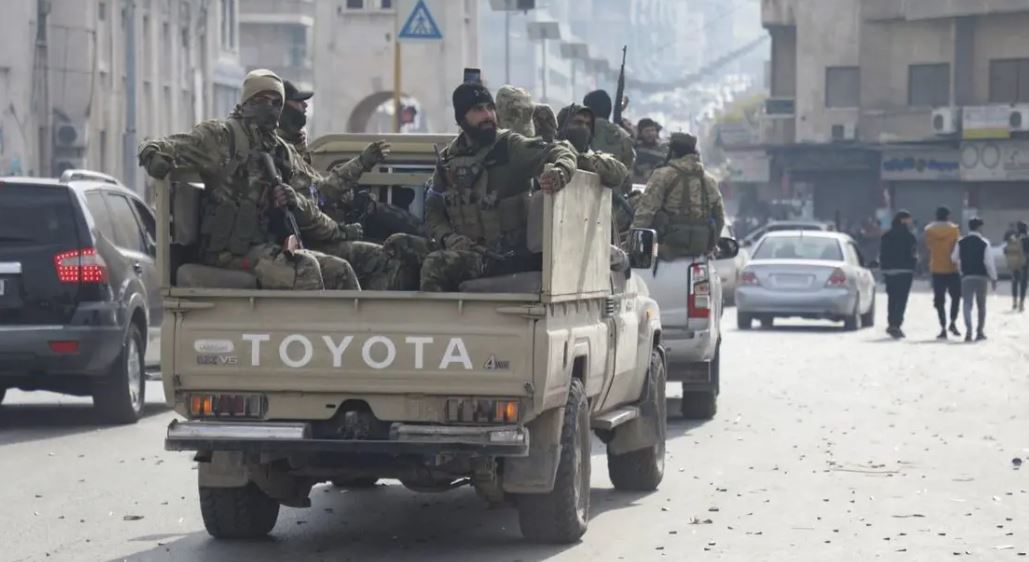
The Killing of Kurdish Journalists Nazim Daştan and Cîhan Bilgin
December 20, 2024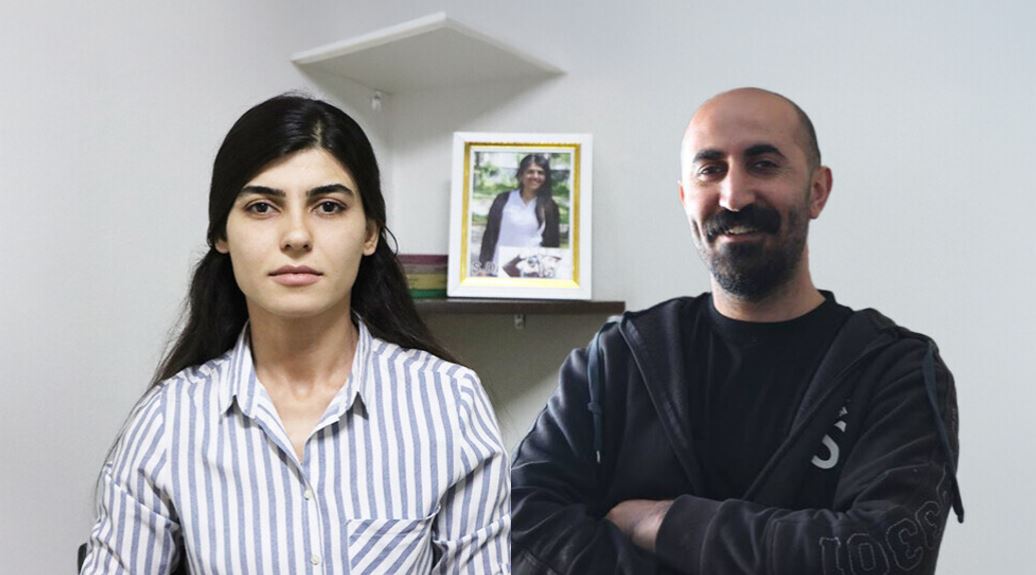
Drones of Silence: The Killing of Kurdish Journalists in Syria
December 20, 2024December 20, 2024 – Bangladesh –
The murder of photojournalist Abu Taher Md. Turab, commonly known as Turab, on July 19, 2024, amid Bangladesh’s student-led quota movement, has sparked a high-stakes legal battle centering on accountability and institutional transparency. Turab, a reporter for Daily Jalalabad and Daily Naya Diganta, was wearing a press vest when he was shot during a confrontation between police and protestors in Sylhet. The incident was one of several journalist deaths and injuries during the widespread protests that left four media workers dead and over 200 injured.
Following the murder, Turab’s brother filed a case on August 19 naming eighteen individuals, including former home minister Asaduzzaman Khan and several senior law enforcement officers, implicating them in the killing. Among the accused was Sadeq Kawsar Dastagir, then Additional Deputy Commissioner of Sylhet Metropolitan Police, along with a police constable identified as Ujjal Sinha. In a string of developments in December 2024, both Dastagir and Ujjal Sinha were taken into custody by the Police Bureau of Investigation and placed under five-day remands to facilitate a deeper inquiry into their alleged roles in Turab’s death. Public outcry in Sylhet was swift and intense, with demonstrators demanding the death penalty for Dastagir and narrowly restrained from assaulting him in court amid high tensions.
Although the five-day remand falls short of the seven days initially sought by investigators, authorities emphasized it as a critical window to question suspects and identify additional accomplices in a case that revealed alarming allegations of premeditated violence by police against a journalist carrying out his duties. The legal process continues, with investigators probing video and eyewitness evidence that appears to show Dastagir himself firing the weapon that killed Turab and examining broader patterns of police engagement during the quota demonstrations.
As Bangladesh awaits further legal developments, the Turab case stands as a stark reminder of the dangers journalists face in politically charged environments and the urgent need for systemic protections. It underscores growing calls for judicial reform and impartial inquiry in incidents involving state actors, and highlights public demands for accountability as the criminal justice process slowly unfolds.

